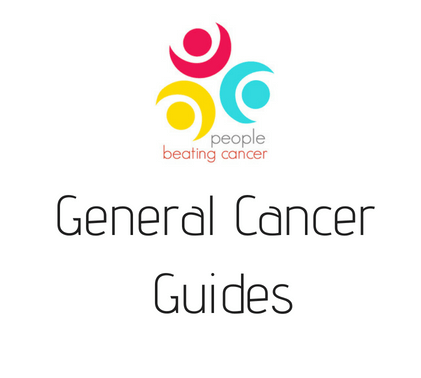Leave a Comment:
1 comment
[…] Cancer Coaching- Stage 3C Seminoma […]
Reply
Learn about conventional, complementary, and integrative therapies.
Dealing with treatment side effects? Learn about evidence-based therapies to alleviate your symptoms.
Click the orange button to the right to learn more.

Hi David- My friend since third grade has a new son-in-law. When they got back from their marriage/honeymoon, he was in pain and was just diagnosed with the following type of testicular cancer:
The following is a general overview of treatment for Stage III seminoma. Cancer treatment may consist of surgery, radiation, chemotherapy, targeted therapy, or a combination of these treatment techniques. Combining two or more of these treatment techniques–called multi-modality care–has become an important approach for increasing a patient’s chance of cure and prolonging survival…
Fax: (216) 445-9628
Dr Timothy Gilligan ★
Cleveland Clinic Taussig Cancer Center
Cleveland, OH
Phone: (216) 444-6833
[…] Cancer Coaching- Stage 3C Seminoma […]
Reply